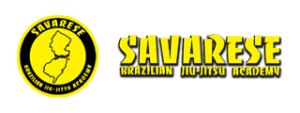Combinations in BJJ are a must
Combinations in BJJ are a must
Combinations in BJJ are a must! Work in pairs, triples and quadruples. Here at Savarese BJJ Academy (www.bergencountybjj.com), we believe having a strong offensive move is a wonderful thing, but not nearly so wonderful as having a strong complimentary move that goes in the opposite direction to overcome resistance to the first move. Better still when you have a third or fourth move (I don’t recommend going beyond four shot combinations as typically by that point control and connection has been lost to a degree that follow up attacks are unrealistic). Remember that the fundamental feature of sparring and competition is resistance to whatever you attempt. So having moves that feed off that resistance is one of the keys to success. Here, Professor Savarese is threatening with one of his best weapons, a strong S-Mount attack with a solid 2 on 1 grip. His opponent is contorting himself to avoid the mount, but in doing so is exposing himself to two submission follow ups – a back take that could/would lead to even more danger of multiple choke attacks and the other an armlock that would be extremely tough to escape in that position once locked on. Eventually Professor Sav chose to attack the back with the 2 on 1 grip and used a body triangle to open up even more line of attack in the multiple choke options. Never think in terms of single attacks but rather, always go the extra distance and conceive of a complementary follow up that follows the lines of resistance to the first move, you will soon be rewarded with breakthroughs against even the toughest resistance.
